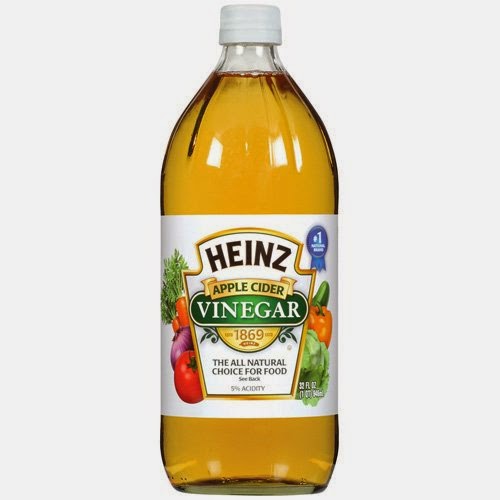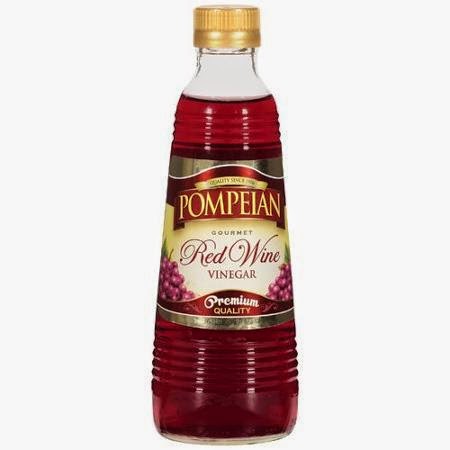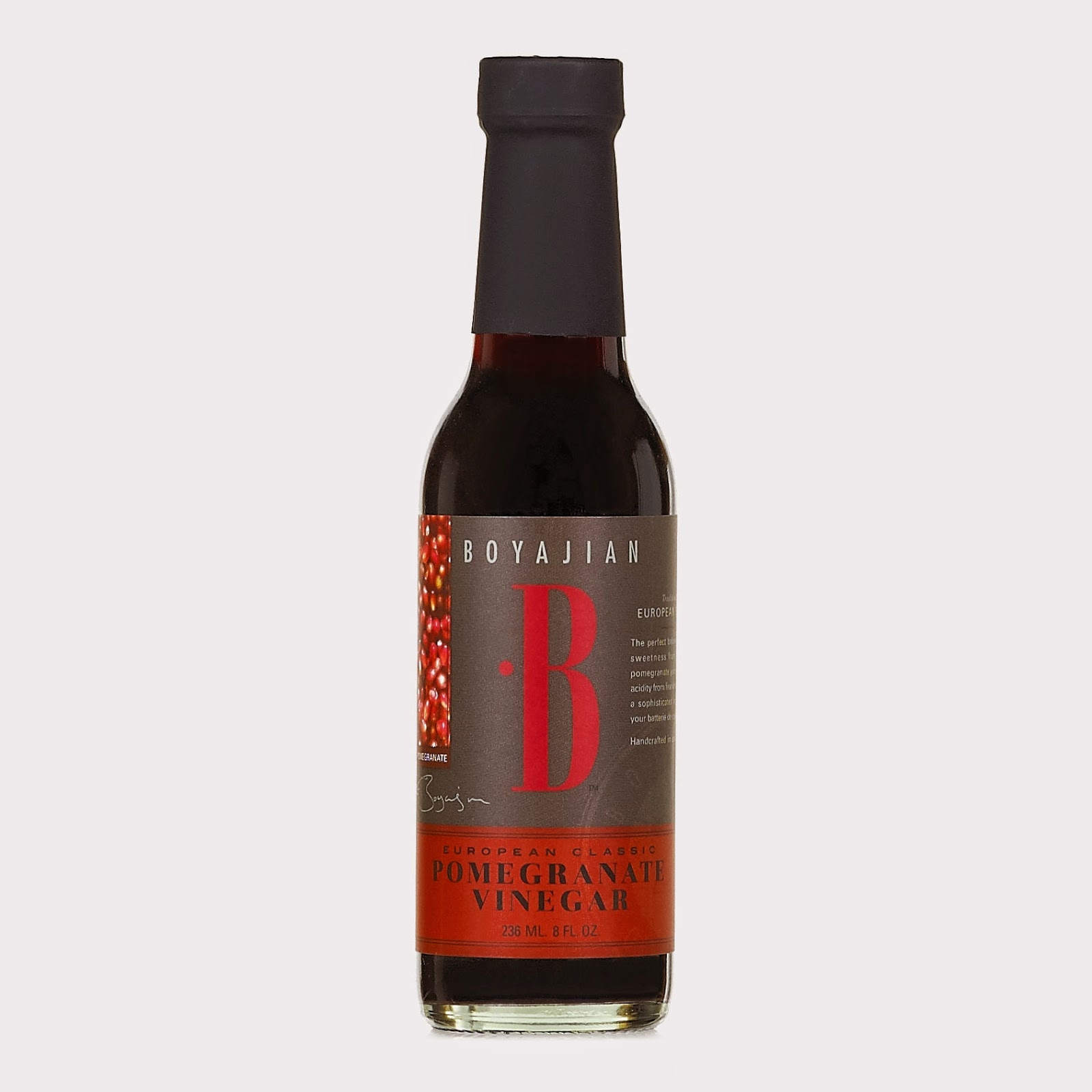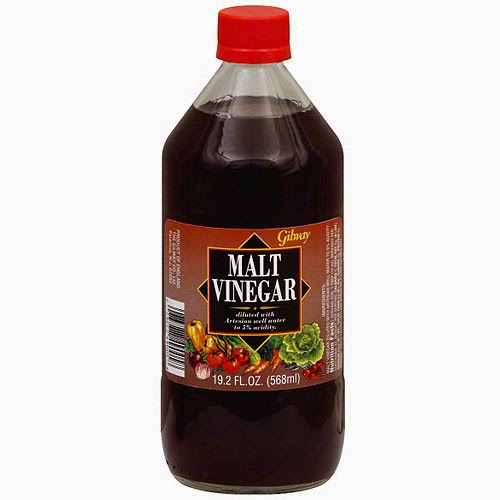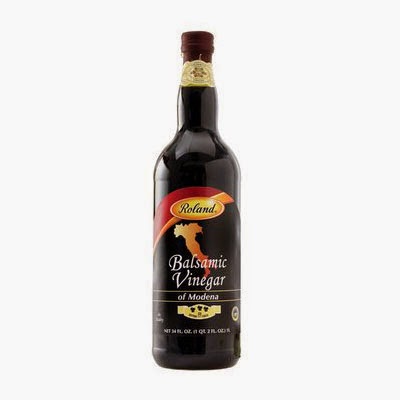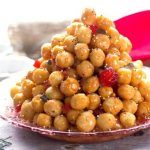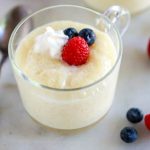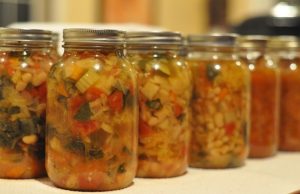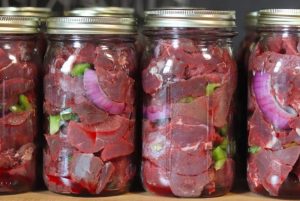For canning recipes that require pickling you should always use a type ofvinegar that is at least 5% acidity. All vinegars will give you their testedacidity on the bottle or jug so make sure you are using the minimum percentage.
In all pickling recipes the type of vinegar can be interchanged. You can use anapple cider vinegar in place of a white. The flavor will differ but as long asthey are both at least 5% acidity your canning will be safe.
There are a few vinegars that I have researched that do not comecommercially in 5% acidity. Rice vinegar is one of them. Yes there are ricevinegars that to meet the minimum but they are combined with other acids tobring up the percentage. The highest rice vinegar on the market is 4.3% from Marukan. I have called the company and explained that canners would use Rice Vinegar at a higher percentage, but sales would need to be higher for them to consider producing this bottle. You maythink that its only 1% difference but the level of acidity is key in preservingthe food in the jars without creating a growth of bacteria.
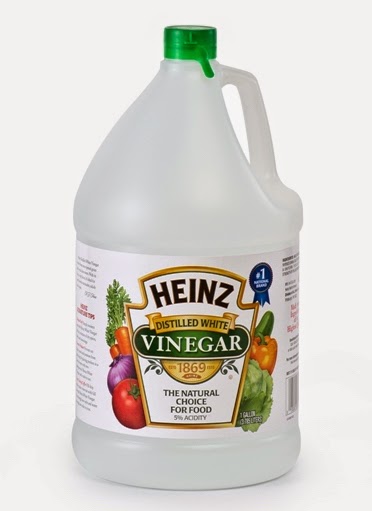 Below are the most common types of vinegars on the market. Any brand will work as long as you are checking the label for the 5% acidity!
Below are the most common types of vinegars on the market. Any brand will work as long as you are checking the label for the 5% acidity!
WhiteVinegar
Whitevinegar can be made by oxidizing a distilled alcohol. It can be used forcleaning as well as culinary and canning uses. Most brands are 5% acidity –perfect for pickling cucumbers, vegetables, and fermentation.
AppleCider Vinegar
Applecider vinegar is made from cider or apple. Most brands are 5% acidity – perfectfor pickling fruits and vegetables, and often used in fermentation for asweeter taste.
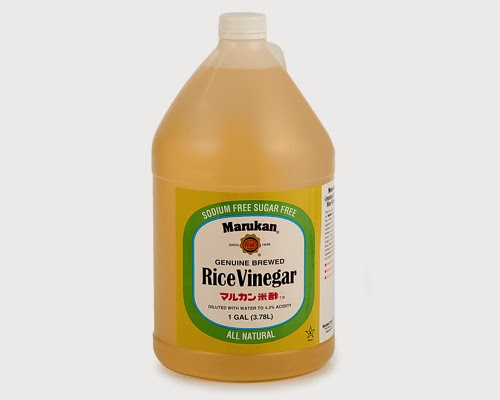 Winevinegar is made from red wine or white wine. It is widely used in CentralEurope and Mediterranean countries. Most brands are 5% acidity – is great forpickling strawberries andmelons and gives a great taste to pickled beets.
Winevinegar is made from red wine or white wine. It is widely used in CentralEurope and Mediterranean countries. Most brands are 5% acidity – is great forpickling strawberries andmelons and gives a great taste to pickled beets.
RiceVinegar
Ricevinegar is available in red, white and black. It is widely used in Japan andChina mainly for the preparation of salad dressings. Rice vinegar does not comein 5% acidity straight out of the bottle. You can find some combination ricevinegars that have added some additional ingredients to increase the acidity.Leaves a flowery flavor to foods that are pickled.
FruitVinegar
Fruitvinegar is made from fruits without additional flavors. Apple, tomato,raspberry, pomegranate and quince are some of the fruit flavors used for makingthis vinegar. Each of these types of vinegars will vary in their acidity butall are over the 5%. These varieties added in canning chutneys give offsome amazing flavors after they have mellowed in the jars for several months.
Maltvinegar is made by malting barley. Most brands are 5% acidity or higher. Greatfor pickling. Popular in the UK for pickling walnut meats.
BalsamicVinegar
Balsamicvinegar is made from cooked grapes. It is widely used in Italian cuisines. Alsofantastic to use in fruit jams as an added flavor. Balsamic is at least 5%acidity but not recommended in brine pickling your cucumbers, fruits, or infermentation, as the flavor is very sweet.
